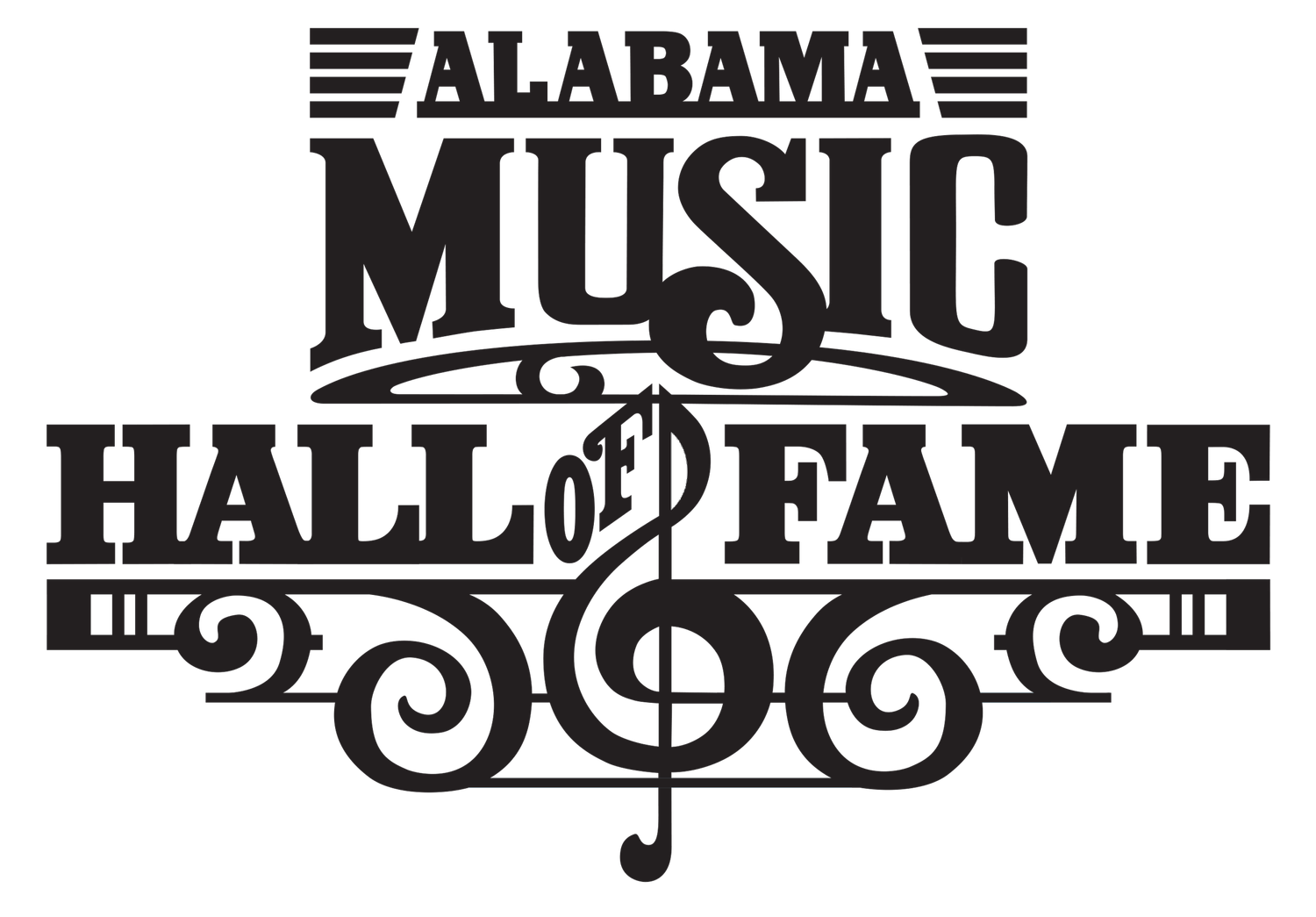Erskine Hawkins
July 26, 1914 - November 11, 1993
1989 Inductee
Birmingham native Erskine Hawkins drew on his musical memories of a neighborhood nightspot when he composed the classic jazz standard “Tuxedo Junction,” a bouncy big band number that would become one of the most popular tunes of the World War II era.
Hawkins’ father was a soldier who lost his life in combat during World War I. Named after Alabama industrialist Erskine Ramsay, the young musician began playing drums at the age of seven, then moved on to trombone. At the age of thirteen, he decided to channel his talents into his true musical calling – the trumpet. At the height of the big band era, Hawkins’ signature high-note trumpet inspired an appropriate musical moniker, “The 20th Century Gabriel.”
Hawkins attended Industrial High School in Birmingham, where one of his instructors was J.T. “Fess” Whatley, an influential African American music teacher who trained many of the musicians who went on to populate jazz bands fronted by Louis Armstrong, Duke Ellington and Skitch Henderson. (Whatley was inducted into the Alabama Music Hall of Fame in 1991.)
While attending Alabama State Teachers College in Montgomery, Hawkins became the leader and trumpeter for a band called the Bama State Collegians. The group traveled to New York City during the Depression, generating much-needed funds to help keep the teachers college afloat during those times of economic hardship. The band went on to draw a loyal and enthusiastic public following during its high-profile engagements at the posh Savoy Ballroom.
The Bama State Collegians eventually evolved into the Erskine Hawkins Orchestra, with the group making its recording debut in 1936. With Hawkins and bandmate Dud Bascomb sharing trumpet solos, Paul Bascomb or Julian Dash on tenors, Haywood Henry on baritone and Avery Parrish on piano, the orchestra developed into a solid swing band that delighted jazz enthusiasts and swing dancers alike.
Hawkins’ group scored three major jazz and pop hits during the World War II era – “Tuxedo Junction,” “After Hours” and “Tippin’ In.” His orchestra’s original recording of “Tuxedo Junction” climbed to No. 7 on the charts in 1940, while the Glenn Miller Orchestra’s version became even more successful, climbing all the way to No. 1. The song has been covered by Duke Ellington, Harry James, the Andrews Sisters, Stan Kenton, Quincy Jones, Chet Atkins, King Curtis, Floyd Cramer, Gene Krupa, Duane Eddy, Joe Jackson and Manhattan Transfer.
During the 1940s and ’50s, Hawkins helped discover several first-rate jazz musicians who drifted in and out of his orchestra, including Parrish, Henry, the Bascombs and Sammy Lowe, plus vocalists Ida James, Delores Brown and Della Reese. Hawkins’ later recordings lean more toward rhythm-and-blues than jazz, and he became one of the chief musical influences on young R&B singer, songwriter and pianist Ray Charles.
The Erskine Hawkins Orchestra continued recording and performing through 1953, scoring a Top 30 hit in 1948 with another of Hawkins’ jazz compositions, “Gabriel’s Heater.” The group returned for a 1971 reunion album, Live at Club Soul Sound. Seven years later, Hawkins – who continued to play trumpet and perform live well into his 70s – became one of the first five artists inducted into the Alabama Jazz Hall of Fame. He died in Willingboro, New Jersey, at the age of 79.


